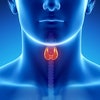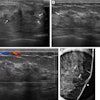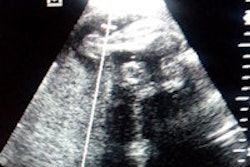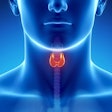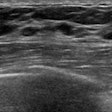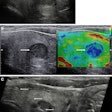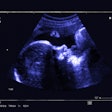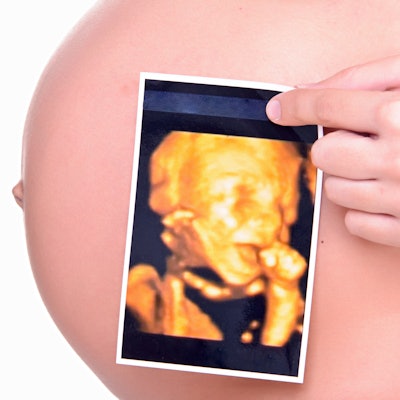
An anatomic survey of the fetus is a critical aspect of prenatal care; however, not all communities have access to ultrasound specialists. One solution is teleultrasound, which shows promise for assessing fetal health in rural or underserved areas, according to a study published in the November issue of the Journal of Ultrasound in Medicine.
Teleultrasound allows medically underserved patients to benefit from the expertise of a subspecialist, wrote a team led by Dr. Nader Rabie from Tripler Army Medical Center in Honolulu. But the question of how effective teleultrasound actually is has not been thoroughly addressed. To remedy this, Rabie's group conducted a study to explore the sensitivity and accuracy of teleultrasound in the prenatal diagnosis of fetal structural anomalies.
"Initially, the feasibility of teleultrasound was limited by the technology required to transmit high-quality ultrasound images," the group wrote. "[Now] the focus is on expanding the use and accuracy of teleultrasound, as well as improving the patient experience."
Medically underserved
Rabie and colleagues used data from Arkansas for the study because the state has been using teleultrasound for more than 10 years to serve its primarily rural population; 73 of Arkansas' 75 counties are considered medically underserved, according to the researchers (J Ultrasound Med, November 2017, Vol. 36:11, pp. 2329-2335).
The study included 2,368 fetal anatomic survey ultrasound exams that had been performed by six sonographers at 28 sites in Arkansas between November 2010 and August 2012. These exams were referred to teleultrasound due to abnormal serum screening results, abnormal ultrasound findings by the sonographer at the time of the exam, a family history of birth defects, and/or other patient medical factors such as obesity, diabetes, or lupus. Remote readers interpreted the exams within 24 hours after they were performed.
From each ultrasound report, Rabie and colleagues collected demographic information, gestational age (only pregnancies of at least16 weeks' gestation were included in the research), any fetal structural anomalies, and amniotic fluid volume.
The researchers found a congenital anomaly rate of 5.6% -- substantially higher than the 2.8% prevalence in the general population, they noted.
"This finding was not unexpected, since our cohort represented a high-risk population: due to either specific conditions (e.g., pregestational diabetes, obesity, and advanced maternal age) or the known presence of a fetal anomaly on prior screening ultrasound examination," Rabie and colleagues wrote.
Teleultrasound's performance was consistent with previous research of onsite prenatal ultrasound, with a sensitivity rate of 57.4%, specificity of 98.1%, and accuracy of 95.9%.
"Our study demonstrates that teleultrasound has similar rates of sensitivity and accuracy as published data on onsite ultrasound," the group wrote. "This finding is especially reassuring because in a rural area, onsite ultrasound examinations are likely not of the same quality as those performed at a tertiary care center."
Identifying anomalies
Finding fetal anomalies early can help direct prenatal care and determine whether a fetus may need to be delivered at a tertiary care center, according to the researchers. This makes the use of teleultrasound beneficial in rural or poor areas where subspecialist interpretation isn't easily accessible.
"Teleultrasound is a convenient, potentially cost-effective solution for patients living in remote or underserved areas," the group wrote. "[We plan to continue our research] to demonstrate that teleultrasound is not inferior to onsite ultrasound within the same population, as well as to conduct a prospective comparison of the detection rates of teleultrasound and onsite ultrasound."
